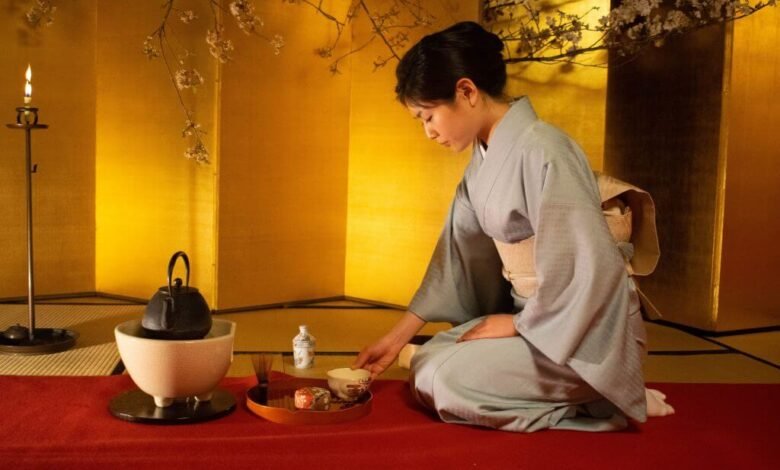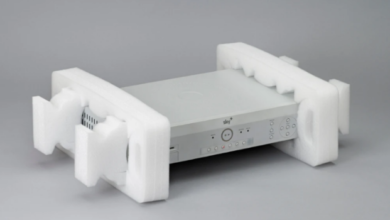What to Know About Customs and Courtesy When Cruising Japan

Cruising through Japan offers an incredible blend of modern efficiency and timeless tradition. From the bustling urban energy of Tokyo and Osaka to the tranquil temples of Kyoto and seaside serenity of smaller ports like Kanazawa or Hakodate, travelers are immersed in a country deeply rooted in politeness and etiquette. But to fully appreciate Japan’s rich cultural fabric, it’s important for cruise guests to understand and respect local customs, especially when stepping ashore. Navigating the nuances of Japanese courtesy will not only enhance your experience but also show appreciation for the hospitality extended to international visitors.
Whether you’re taking a Japan cruise that includes multiple coastal cities or just spending a day docked in one port, small gestures of awareness and respect can go a long way.
The Spirit of Omotenashi: Japanese Hospitality
At the heart of Japanese culture is omotenashi, the spirit of selfless hospitality. It’s a concept that goes beyond service—it’s about anticipating a guest’s needs and providing assistance without expectation of reward. As a visitor, you might notice staff at shops or restaurants bowing, offering impeccable service, and ensuring that everything from your meal to your transaction is flawless. In return, acknowledging this care with polite behavior and gratitude is both expected and appreciated.
Even simple phrases can show that you’re making an effort. Learning and using a few Japanese words like arigatou gozaimasu (thank you) or sumimasen (excuse me or sorry) will be met with warm smiles and may even spark a friendly conversation. Even though English is often spoken in port cities, your attempt to engage in Japanese is a clear sign of respect.
Shoes Off, Please: The Importance of Clean Spaces
One of the most distinct differences you may encounter while visiting temples, traditional inns, or even some restaurants is the custom of removing shoes before entering. Cleanliness is a major pillar of Japanese culture, and outside shoes are considered unclean. Typically, you’ll find a designated area or shelf to place your shoes and often slippers provided for indoor use.
If you’re joining a shore excursion or venturing off on your own, consider wearing shoes that are easy to slip on and off, especially if your itinerary includes visits to temples or private homes. Remember also not to step on the tatami mats in socks that are dirty or worn from outside—this is seen as disrespectful.
Quiet Courtesy in Public Spaces
Unlike the more boisterous energy often found in Western public areas, Japanese public behavior leans toward the quiet and reserved. On trains, in elevators, and even walking through city streets, people generally speak in low voices or not at all. Phone conversations are discouraged in most public transport, and you’ll often see signs asking passengers to silence their devices.
When walking in groups from your cruise ship through towns or local attractions, try to mirror this practice. Speaking at moderate volumes and being mindful of your surroundings will help you blend in and be more welcomed by locals. If you’re traveling with children, it can be helpful to prepare them in advance so everyone enjoys a smoother cultural immersion.
Navigating Greetings and Gestures
Japanese greetings are often accompanied by a bow rather than a handshake. While you won’t be expected to master the art of bowing perfectly, a slight nod of your head is a courteous and respectful gesture when meeting someone or thanking them. If someone bows to you, returning a small bow in response is appropriate.
Hand gestures, too, can carry different meanings. Pointing directly at people or objects can be seen as rude, and it’s more polite to indicate direction with an open hand. Similarly, beckoning someone with your palm up (common in Western countries) is reserved for calling animals in Japan—instead, hold your hand out palm down and make a gentle motion toward yourself.
Dining Etiquette on Land
Dining in Japan is both an art and a ritual. Whether you’re enjoying sushi in a family-run restaurant near the port or sipping ramen at a counter, there are a few points of etiquette to remember. First, avoid sticking chopsticks upright in rice—a gesture associated with funerals. Also, don’t pass food directly from one pair of chopsticks to another for similar reasons.
Before eating, say itadakimasu—a way of expressing thanks for the meal. After you finish, gochisousama deshita shows your appreciation. Slurping noodles is not only acceptable but encouraged in many settings, as it shows enjoyment and cools the broth. And if you’re in a restaurant where tipping is refused (as it often is), a sincere thank-you and polite bow suffice.
Respecting Sacred Spaces
Japan is home to countless shrines and temples, many of which are accessible on shore days during a Japan cruise. These sacred sites have their own etiquette. You’ll often find purification fountains at the entrance—use the ladle to rinse your hands and mouth (without touching your lips to the ladle). Walking paths usually require staying to the sides of the central path, which is reserved for deities.
Inside temple grounds, photography may be restricted in certain areas, especially inside halls. Always check for signage and follow guidance from staff or volunteers. Removing hats and speaking softly shows reverence, and even if you’re not participating in prayer, observing quietly is expected.
See also: What Makes the Perfect Smartwatch for Tech Enthusiasts?
Cash is Still King
While Japan is technologically advanced, many local vendors, especially in smaller towns or at traditional markets near cruise ports, prefer cash. It’s helpful to carry yen in small denominations. Using both hands to offer or receive money, especially at shops or counters, is a subtle sign of politeness.
In some stores, you’ll find a small tray for placing your money or receiving change. Using this tray rather than handing money directly to the cashier is part of everyday etiquette.
Final Thoughts
Japan’s customs may seem intricate at first, but they are rooted in respect, harmony, and mindfulness—values that deeply enrich any traveler’s experience. As you journey from port to port on your Japan cruise, the blend of modern comfort and ancient tradition offers countless moments of cultural connection. By approaching each interaction with curiosity and courtesy, you not only avoid faux pas but also gain a deeper appreciation for the beauty of Japanese life.
Whether it’s bowing at a temple, slipping off your shoes at a teahouse, or simply offering a smile and a quiet thank-you, these small gestures of understanding make your travels more meaningful. In Japan, respect isn’t just expected—it’s returned tenfold.







